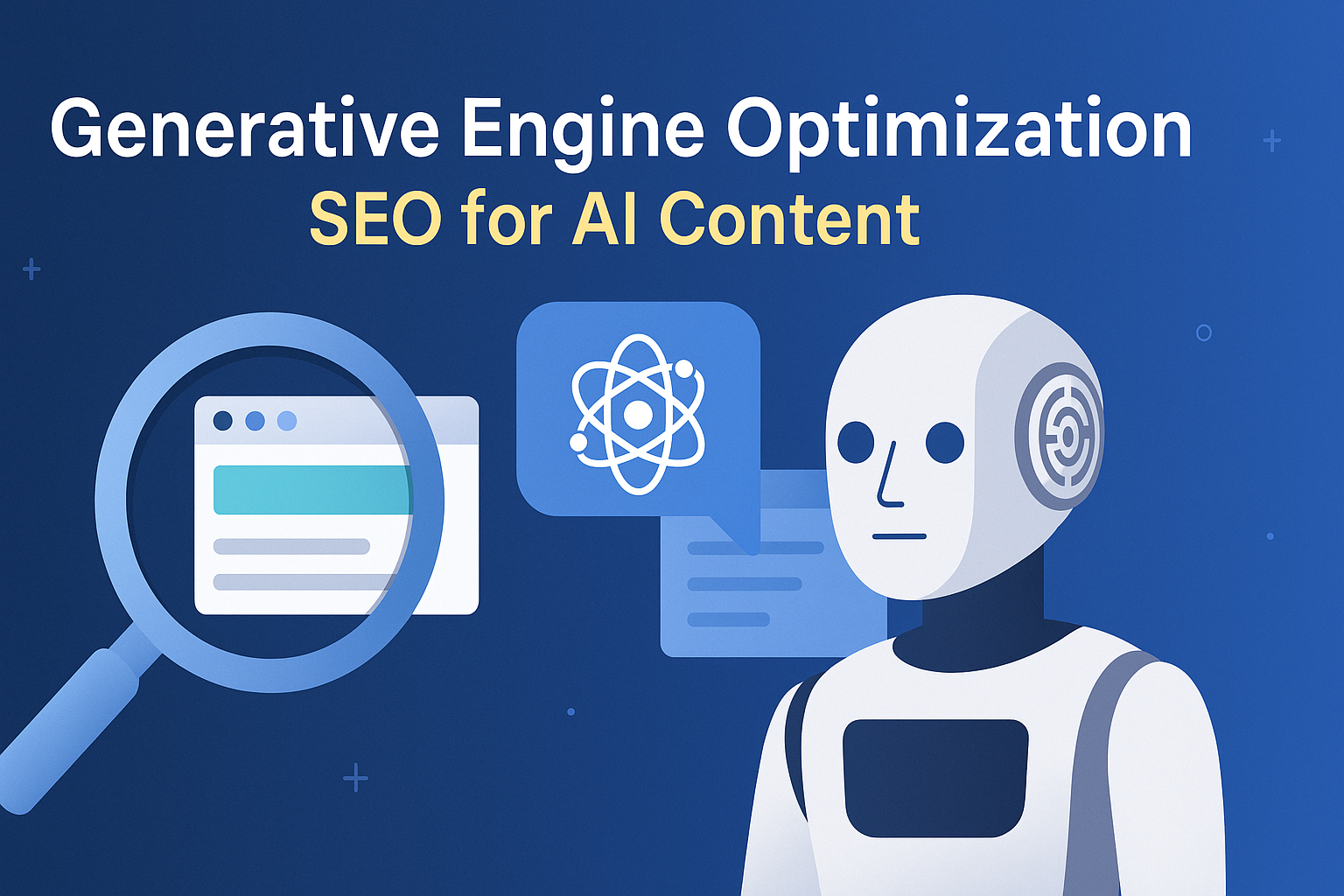How do CMOs measure AI success?
Artificial intelligence (AI) is no longer a buzzword; it’s a strategic tool transforming how businesses operate, innovate, and engage customers. However, with increased scrutiny from shareholders, the pressure to show measurable results from AI investments is mounting. According to a recent study by Deloitte (2024), companies are redirecting their budgets back into AI initiatives, but only if they can demonstrate clear and tangible outcomes.
For Chief Marketing Officers (CMOs), who are at the forefront of leveraging AI in customer experience and content strategy, measuring AI’s success is essential. The key lies in establishing the right metrics that align with business goals and provide visibility into the ROI of AI investments.
1. Define Clear Objectives and Metrics from the Start
The foundation of measuring AI success begins with clearly defining objectives. This ensures AI initiatives are not only aligned with marketing goals but also resonate with shareholder expectations for ROI.
Key Questions to Define Success:
- What specific problems is the AI initiative solving?
- How will success be measured in terms of revenue growth, efficiency, or customer satisfaction?
- How can these metrics be tied back to shareholder value?
Example Metrics:
- Marketing ROI: Measure how AI-powered personalization or predictive analytics translates into increased revenue.
- Operational Efficiency: Track time saved through AI automation, such as faster content production or campaign optimization.
- Customer Engagement: Monitor KPIs like click-through rates, conversion rates, and social media interactions.
2. Make AI Investments Visible
The Deloitte study highlights a critical challenge: Shareholders and stakeholders demand visibility into how AI investments contribute to the bottom line. CMOs must implement tracking systems that showcase the tangible benefits of AI.
Strategies for Visibility:
- AI Dashboards: Develop real-time dashboards that provide a clear view of AI-driven outcomes, such as:
- Revenue growth attributed to AI-powered campaigns.
- Improved engagement rates from personalized content.
- Efficiency gains in marketing operations.
- Case Studies: Highlight successful AI implementations to demonstrate ROI. For example:
- How an AI chatbot reduced customer service costs by 30%.
- How AI-driven predictive analytics improved campaign targeting, increasing conversions by 20%.
3. Leverage AI-Enhanced Marketing KPIs
While traditional marketing KPIs remain relevant, AI enhances their accuracy and applicability. CMOs can use AI-specific tools to gather deeper insights and optimize strategies.
Key AI-Enhanced KPIs:
- Conversion Rates: AI’s ability to personalize at scale leads to higher conversion rates, which can be directly linked to ROI.
- Customer Lifetime Value (CLV): Predictive AI models help identify and nurture high-value customers, increasing their long-term value.
- Churn Rates: AI can proactively identify at-risk customers, enabling targeted interventions to improve retention.
4. Align AI Metrics with Shareholder Expectations
To satisfy stakeholders, CMOs must bridge the gap between AI metrics and business value. This means translating technical outcomes into financial results that resonate with investors.
Examples:
- Metric: Reduced content production time by 50%.
Translation for Shareholders: Lower operational costs, freeing resources for higher-impact initiatives. - Metric: Personalized campaigns drove a 25% increase in customer engagement.
Translation for Shareholders: Higher engagement leads to improved revenue and brand loyalty.
5. Foster Adoption and Demonstrate Value Across Teams
For AI to succeed, it must be adopted widely within the organization. CMOs should measure internal adoption rates and the impact of AI tools on team performance.
Adoption Metrics:
- Usage Rates: Monitor how frequently teams use AI tools like content automation or predictive analytics.
- Training Impact: Track the number of employees trained in AI tools and their proficiency levels.
- Team Efficiency Gains: Measure time saved or productivity improvements attributable to AI.
By demonstrating internal success, CMOs can build a case for continued AI investment.
6. Measure Customer Experience Improvements
AI’s impact on customer experience (CX) is one of the most tangible ways to measure success. Improved CX directly affects revenue, retention, and brand loyalty—key areas of interest for shareholders.
CX Metrics:
- Net Promoter Score (NPS): Evaluate how AI-driven personalization or chatbots affect customer loyalty.
- Customer Satisfaction (CSAT): Analyze feedback from AI-powered interactions, such as chatbots or support tools.
- Response Times: For AI-driven support, track how quickly customer issues are resolved.
7. Showcase Long-Term Strategic Impact
While short-term wins are important, CMOs must also measure the strategic impact of AI on the business. This involves evaluating how AI supports growth, innovation, and competitive differentiation.
Strategic Metrics:
- Market Share Growth: Is AI helping your brand capture more of the market?
- Brand Perception: Measure how AI-driven innovation influences customer trust and brand equity.
- Revenue Attribution: Quantify the percentage of revenue directly influenced by AI initiatives.
8. Ensure Compliance and Ethical AI Use
Increased investments in AI also come with heightened scrutiny around data privacy and ethics. CMOs must measure the compliance and fairness of their AI initiatives to mitigate risks.
Ethical AI Metrics:
- Bias Audits: Regularly test AI outputs for potential biases in content or targeting.
- Data Privacy Compliance: Monitor adherence to GDPR, CCPA, and other regulations.
- Customer Trust Scores: Survey customers to gauge their comfort with AI-powered interactions.
Conclusion: Measuring AI Success as a Strategic Imperative
For CMOs, measuring the success of AI initiatives goes beyond tracking metrics—it’s about aligning AI outcomes with business goals and shareholder expectations. By implementing the right KPIs, ensuring visibility, and translating results into tangible business value, CMOs can solidify AI as a strategic asset within their organizations.
Key Takeaways:
- Define clear, measurable goals for AI initiatives.
- Use dashboards and case studies to showcase AI’s ROI.
- Align metrics with shareholder priorities, such as revenue growth and efficiency gains.
- Measure long-term impacts, including market share and brand equity.
With the right approach, CMOs can not only justify AI investments but also demonstrate their pivotal role in driving business success in the age of AI.
Ready to demonstrate the ROI of your AI initiatives? Discover how aiSuite helps CMOs track success and deliver measurable results.





